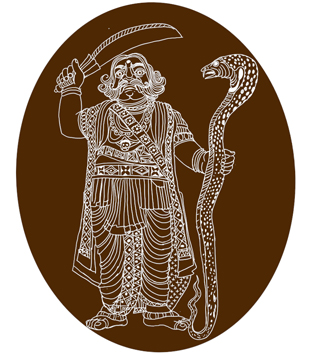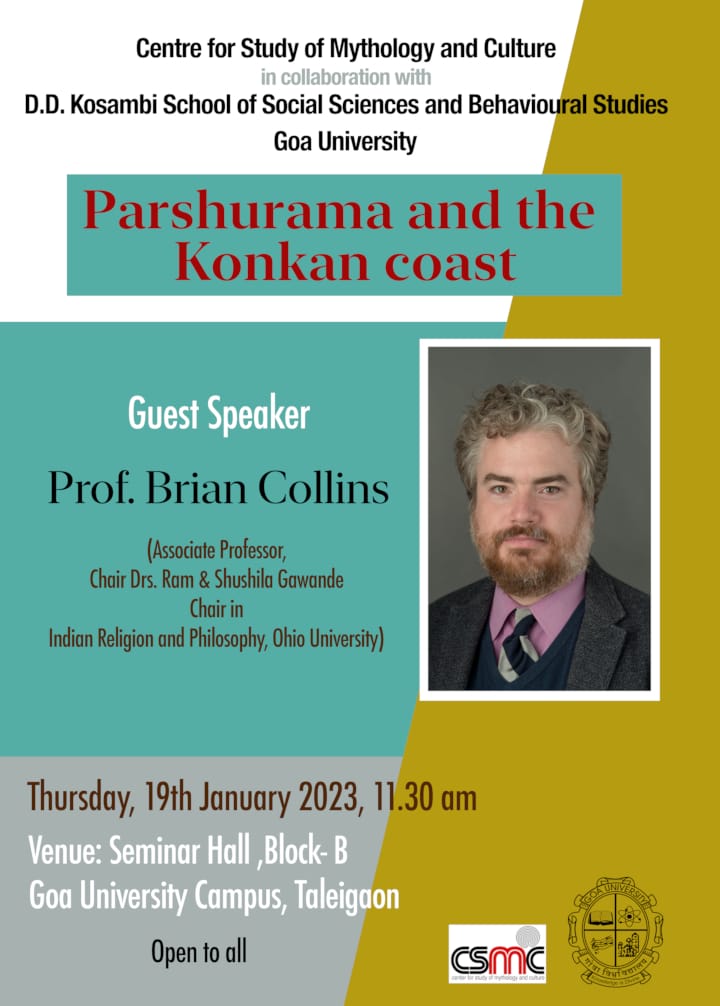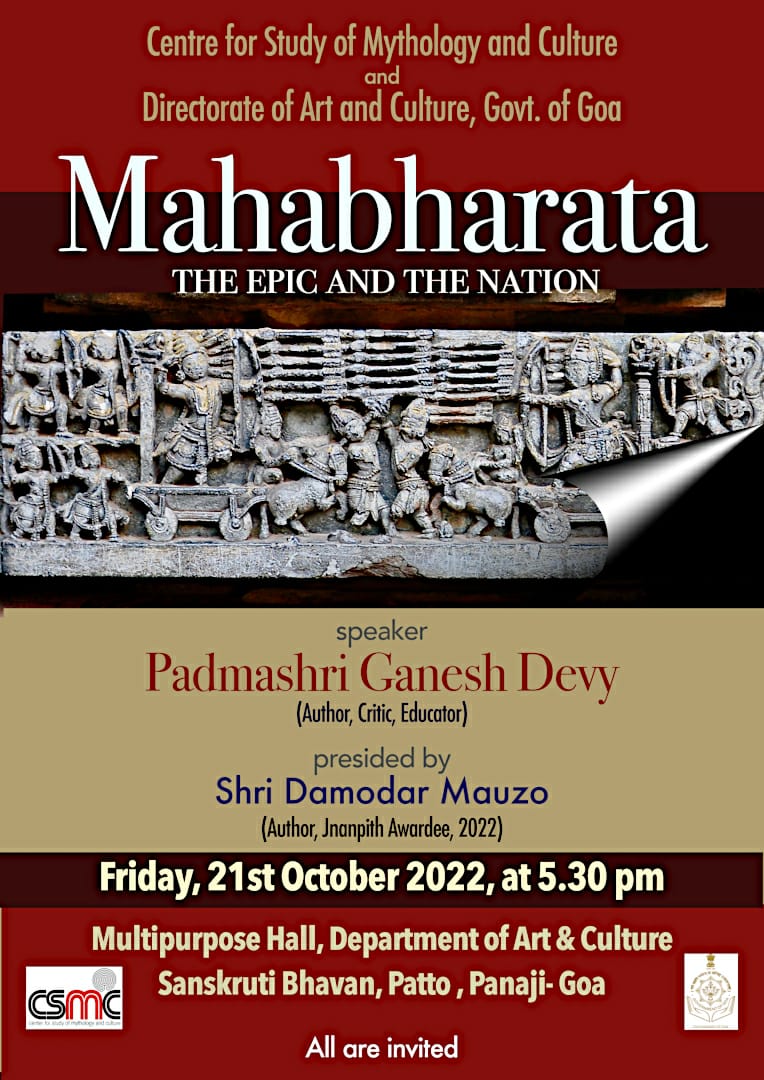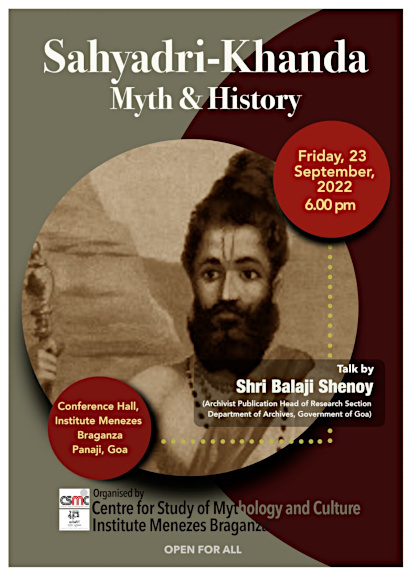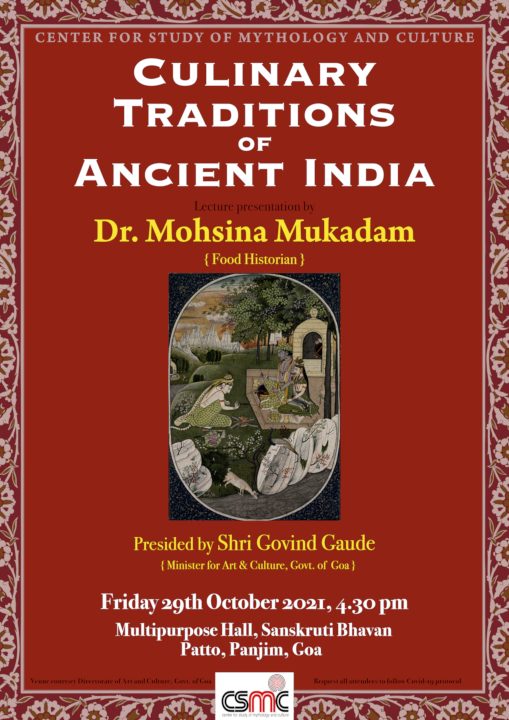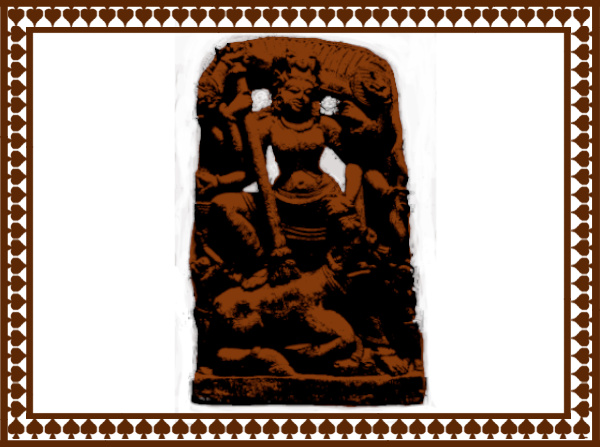
On the ninth and concluding night of Navaratra, Durga slays demon Mahisha bringing peace and prosperity on the earth. This leads to the celebration of Dasara or Dussehera festival across India. The myth of Goddess and buffalo is prevalent in India from ancient times. While the main motif of Goddess killing demon Mahisha remains constant in the myth, the narrative changes from region to region. The following is the Tamil version of Goddess and buffalo myth, noted in Arunalachalam Puranam which differs from the popular version of the myth in Devi Mahatmya.
Once, while playing a game of dice Shiva and Devi (Parvati) quarrelled. Impulsively, Devi covered the eyes of Shiva and the whole world plunged into darkness. Shiva had to open his third eye so the world could be be restored to normalcy and sages could continue with the sacrificial rituals .
Shiva told Devi since she had brought the disaster upon the world, albeit for few moments by closing his eyes, she would have to go through a period of renunciation and cleansing to make amends for her impulsive action. Devi was thus sent to Kanchipuram to perform penance. Devi made a linga out of sand and started worshiping it.To test her devotion, Shiva flooded the earth, washing away the whole world, But Devi stayed firm by embracing the sand linga and salvaged it from disintegrating in the flood waters. Pleased by her devotion, Shiva directed her to Arunachalam mountain where she could continue her tapas.
Soon a congregation of gods from devloka approached Devi, complaining about the demon Mahisha who had created havoc in devloka. ” He takes hold of Adisesha by his head and tail and flings him like a sling rocking Vishnu and disturbing his sleep” said one god. “He has stolen Agni’s ram” complained another , ” And of course he was seen riding Indra’s Airavat …” echoed the rest of the gods. Hearing these misdeeds Devi got angry and instructed Durga to kill Mahisha. Durga aided by Arunanayaki , Shaktis, and Bhairavas, along with the army of seven mothers engaged in a fierce battle with Mahisha. Finally Durga killed him by severing his head with her trident. But to the horror and amazement of all , as soon Durga pierced Mahisha’s neck, a crystal linga sprang out of his severed neck. Mahisha was actually a staunch devotee of Shiva.
Durga, handed over the crystal linga to Devi as a war trophy . But as soon as Devi took the linga in her hands it got stuck to her palm. Alas! Devi had committed a sin by killing the devotee of Shiva. To expiate herself from the sin of killing of Mahisha, she asked Durga to strike the Mountain ( Arunachalam ) with a sword. When Durga executed the command, water gushed out of the mountain in great force . Devi stood beneath the water spout till the linga got detached from her hand. She then circumambulated the mountain with the linga in her arms. Shiva was pleased by her devotion and granted her request to merge with his body by becoming the left half of Shiva.
Story Collected by : Vidya Kamat
Text Source: Tamil Temple Myth by David Dean Shulman
Location: Tamil Nadu
Image Copyright: Vidya Kamat







